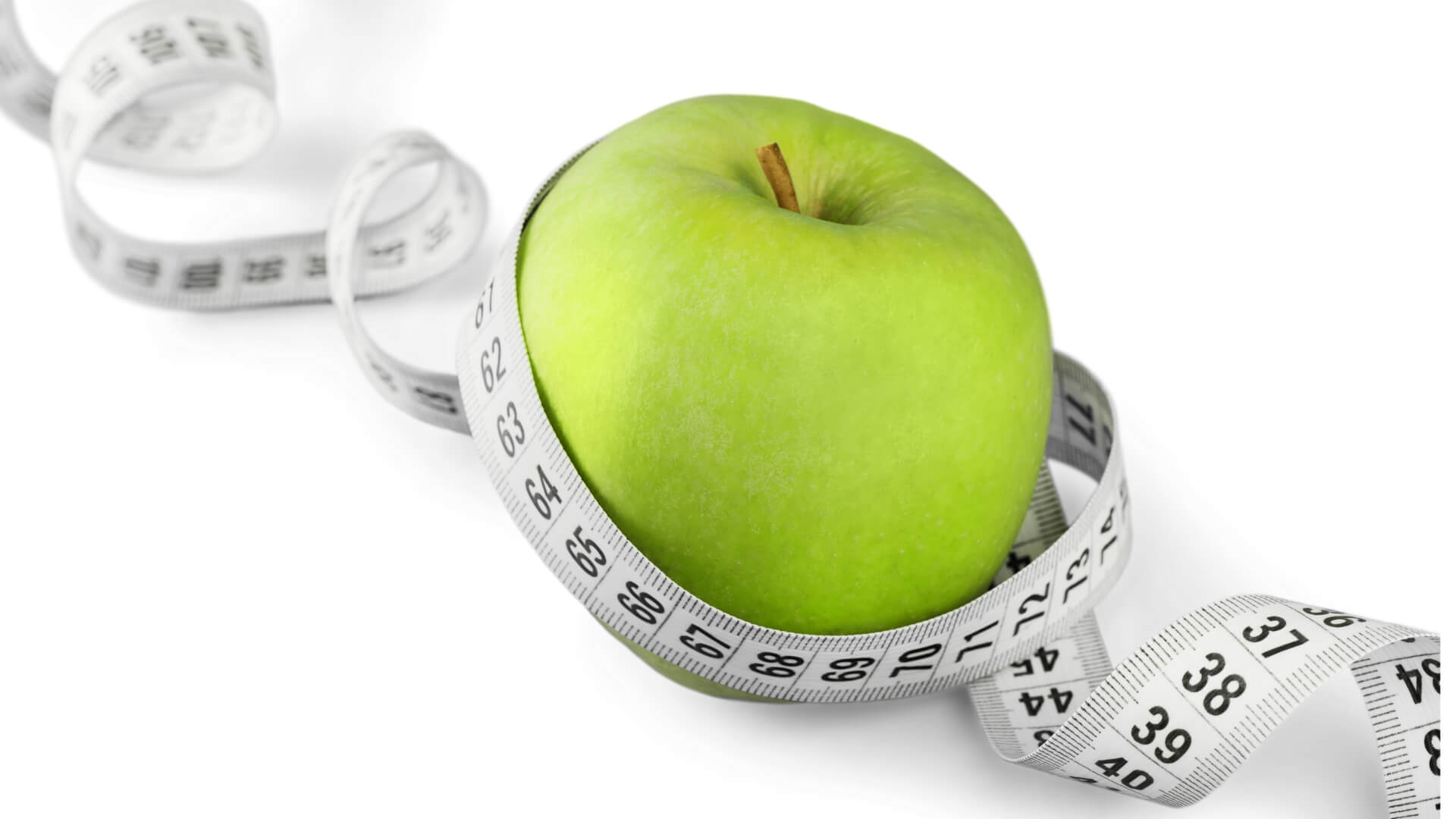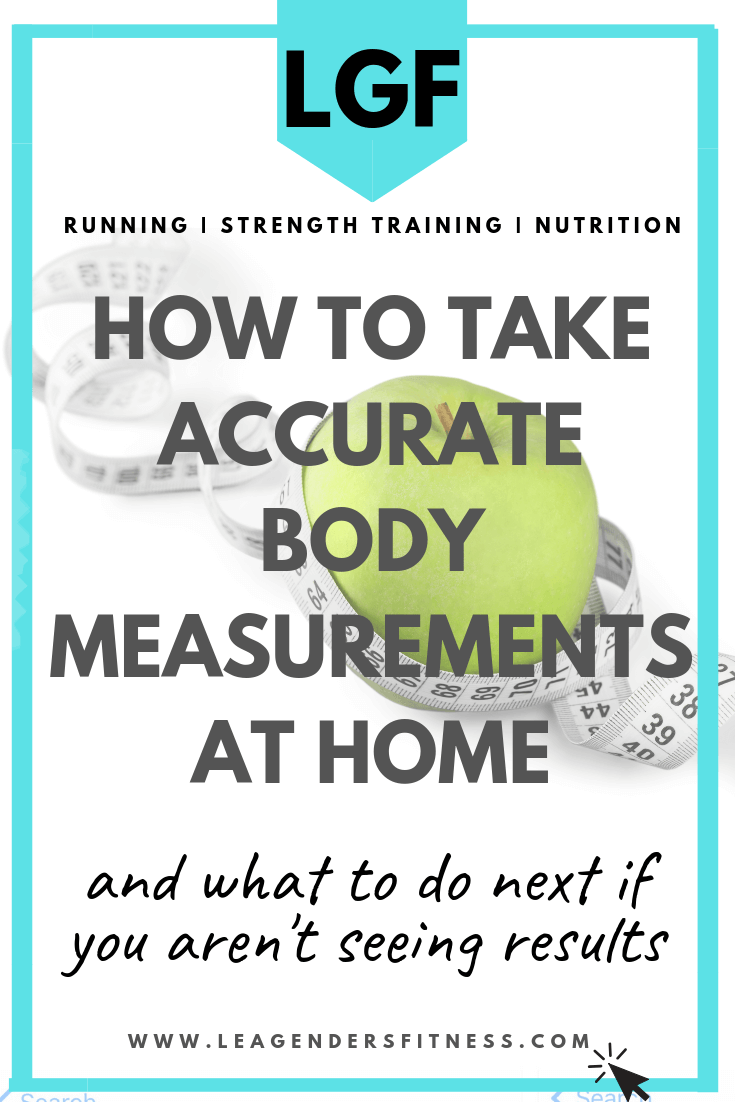“What gets measured gets managed.”
“If you’re not assessing, you’re guessing.”
Earlier this week on the blog we talked about how the scale can be misleading and more effective ways of tracking your progress because even though I recommend that most people toss their scale out of an open window, I do think it’s essential to track progress.
How do you know if what you are doing is working if you’re not tracking? If you’re not assessing, you’re guessing, and guessing usually leads to mediocre results.
A health and fitness journey is one big experiment, and as the sole owner of your body, you get to be in charge. While certain principles of health apply to most of the population: eating mostly whole foods from nature, making efforts to move your body regularly, incorporating some form of resistance training, and getting adequate sleep, the details of those principles can vary significantly from person to person. The only way to find out what works for you is to start experimenting and tracking results.
Some people look and feel better on low carbs and high fat. Others, like me, turn into a monster without moderate carbohydrate levels. There is no right or wrong, only right or wrong for you. Some people prefer weight lifting, and others prefer Yoga. Some like to run long distances, and some people have a genetic disposition towards short and fast distances. You get to do you.
What works for your best friend, co-worker or running coach may not work for you.
The important thing is that you pay attention to your results; Not just the number on the scale (we already discussed the potential for misinformation there), but track how what you’re doing makes you look, feel, and perform. The only way to know if your new experiment is working is to track progress.
WHAT DO I NEED TO TRACK PROGRESS?
CLOTH MEASURING TAPE
As we discussed earlier this week, one way to track progress is with body measurements. The scale doesn't tell you when you lost inches at your waist or gained bicep muscles.
I recommend a simple cloth measuring tape and a log. You can track on a spreadsheet, on paper or by taking notes on your phone. By comparing your measurements every few weeks, you can assess if your diet and exercise plan is bringing you closer to your goals effectively, and make changes as necessary.
CAMERA
A camera can help track body changes, which is convenient since we all walk around with cameras in our pockets these days. Once a week or once a month, take a front, side, and back view in a bathing suit or sports bra (women) and shorts, or tight fitting clothes if you’re uncomfortable showing skin in a photo. But don’t worry, you don’t need to share on social media. Keep them private on your phone for your personal use.
Because we look at ourselves in the mirror every day, we often don’t even notice the small changes that happen over time. Monthly photos can highlight physical changes to your body that you would otherwise miss.
HOW OFTEN SHOULD TAKE BODY MEASUREMENTS?
Aim to take body measurements at least once a month, or as often as every two weeks. It’s not necessary to track more often than that, as it is not usually enough time to see noticeable changes.
Take photos at least once a month or as often as once a week. Try to replicate the lighting and body stance as close as possible each time so you can easily compare the photos from week to week.
BODY MEASUREMENT TIPS
If possible ask a friend, a family member or your trainer to take the measurements for you.
Measure each body part three times, and take the average of the measurements to ensure consistency and avoid misreadings which could skew results.
The tape should be pulled firm and placed flat, directly on the skin, without drawing in too tight — be consistent with how tight you pull the tape each time.
Wear the same type of clothing each time your measure.
Always measure the same time of day, under similar circumstances (i.e., upon waking, before a meal or before a workout).
Relax your body during measurements, don’t flex or suck in during measurement.
HOW TO TAKE ACCURATE BODY MEASUREMENTS AT HOME
The best way to get accurate results is to be consistent with tape placement each time you measure. Take notes, measure the tape placement on the body, or take pictures of the measurements to ensure you are measuring using the same method each time.
SHOULDERS
With your shoulders relaxed, measure a straight line from the largest points of each shoulder across your chest.
CHEST
Place the measuring tape across the largest part of your chest and around the back, keeping the tape parallel with the floor all the way around.
UPPER ARMS
With your arm relaxed at your side, measure around the largest part of your upper arm, at your bicep. Note how many inches you placed the measuring tape up from the elbow for future consistency. Keep track if you measured the right, left or both arms.
WAIST
With your arms at your sides, measure the narrowest point above the belly button around to the back, at the place where you bend at the waist.
ABS
Without sucking in your stomach, measure across your belly button around to the back.
HIPS
With your feet together, wrap the tape around the largest part of your hips and butt.
THIGHS
Measure around the largest part of your thigh. Make a note of how many inches you placed the tape up from the knee cap for measuring consistency. Keep track if you measured the right, left or both thighs.
CALVES
Measure around the largest part of the calf. Keep track if you measured the right, left or both thighs.
I MEASURED. NOW, WHAT?
Once you take initial measurements and photos, give it time, results don’t happen overnight. You may not see significant changes after a couple of weeks, but if after a month or two, if you don’t see positive changes, it is time to examine your workout and nutrition habits a little closer.
WHAT TO DO IF YOU’RE NOT SEEING RESULTS*
Be honest with yourself:
Can you increase your cardio (if necessary)?
Can you increase your intensity?
Can you increase the number of reps, the amount of weight, or the number of sets?
Can you increase the number of days or length or workouts (if not already maxed out)?
Is there room for improvement in your nutrition?
Can you decrease added sugar intake?
Can you decrease alcohol intake?
Can you decrease the number of restaurant meals each month?
Can you increase protein?
Can you decrease processed carbs?
The answer shouldn’t be yes for all of the above, all at once. Instead, choose one thing to work on, then measure the results after 30-45 days to determine if it is working for you. Track, assess progress, then adjust as needed. *These are some ideas to explore, not everyone needs to do everything on this list, it depends on your current lifestyle, training, abilities, and preferences. Choose the one that seems easiest to implement first.
If you need help with these assessments, your workout plan, your lifestyle habits, working with a trainer or coach can help take the guesswork of the planning and assessing.
Did you like this post? Do you know someone who might benefit? It helps me when you share with your friends and followers on Facebook, Twitter or Pinterest.
Questions? I’d love to help.













Forget the pressure to "end the year strong." This December, I am exploring a different approach: ending the year soft. Learn how compassion, rest, and grace can set you up for a healthier New Year than pushing ever could.